Sunburn Blisters Treatment Guide
Follow this step-by-step guide to safely treat sunburn blisters and promote healing. Click each step to mark it as completed.
Cool compresses
Apply a clean, cool (not icy) cloth to affected areas for 10-15 minutes, 3-4 times a day.
Gentle cleansing
Use lukewarm water and a mild, fragrance-free soap. Pat dry gently—never rub.
Leave blisters intact
Resist the urge to pop blisters—they protect new skin underneath and reduce infection risk.
Important: Never pop sunburn blisters—this increases infection risk and can cause scarring.
Hydrate
Drink plenty of water to support your skin's natural repair processes.
Apply aloe vera
Use a thin layer of pure aloe vera gel (preferably from the plant) 2-3 times daily to soothe and hydrate.
Moisturize
Apply a fragrance-free moisturizer with ceramides or hyaluronic acid to lock in moisture.
Manage discomfort
Take ibuprofen (200-400mg) every 6-8 hours if needed for pain and inflammation.
Monitor for warning signs
Watch for signs of infection or severe symptoms requiring medical attention.
Got those painful bubbles after a day in the sun? You’re not alone-sunburn blisters are a common sign that your skin took more UV than it could handle. The good news is you don’t have to suffer for days; with the right steps you can calm the sting, speed up healing, and keep scarring to a minimum.
What Exactly Are Sunburn Blisters?
Sunburn blisters are small fluid‑filled vesicles that form when the outer layer of skin (the epidermis) is damaged by excessive ultraviolet (UV) radiation. The body responds by creating a protective cushion of fluid to shield the underlying tissue while it repairs itself. They usually appear 12‑24 hours after the burn and can last anywhere from a couple of days to a week.
While a mild sunburn might just feel red and hot, blisters indicate a deeper injury-often reaching the dermis. That’s why they need gentle handling; popping them can open the door to infection and leave permanent marks.
First‑Aid Steps You Can Do Right Away
Act fast. The first 24 hours are crucial for reducing pain and swelling.
- Cool compress: Apply a clean, cool (not icy) cloth to the affected area for 10‑15 minutes, three to four times a day. This helps draw heat out of the skin and eases the burning sensation.
- Gentle cleaning: Use lukewarm water and a mild, fragrance‑free soap. Pat dry with a soft towel-don’t rub.
- Leave the blisters intact: Resist the urge to pop. The fluid protects the new skin underneath.
- Hydrate: Drink plenty of water. Hydration supports the skin’s natural repair processes.
Home Remedies That Actually Work
Nature and the pharmacy aisle both offer options that can calm inflammation and keep the skin moist.
- Aloe vera is a succulent plant whose gel contains polysaccharides that soothe, hydrate, and reduce redness. Apply a thin layer of pure aloe gel (preferably from the plant itself) 2‑3 times a day.
- Hydrocortisone cream (1 % over‑the‑counter) can tame itching and swelling. Use a pea‑sized amount on clean skin, no more than five days in a row.
- Ibuprofen or other nonsteroidal anti‑inflammatory drugs (NSAIDs) help from the inside. A 200‑400 mg dose every six to eight hours reduces pain and inflammation-just follow the label warnings.
- Moisturizer that’s fragrance‑free and contains ceramides or hyaluronic acid creates a barrier that prevents drying and cracking.
Combine these treatments: start with a cool compress, then gently pat on aloe, followed by a thin layer of hydrocortisone if itching is intense. Finish with a moisturizer to lock in moisture.
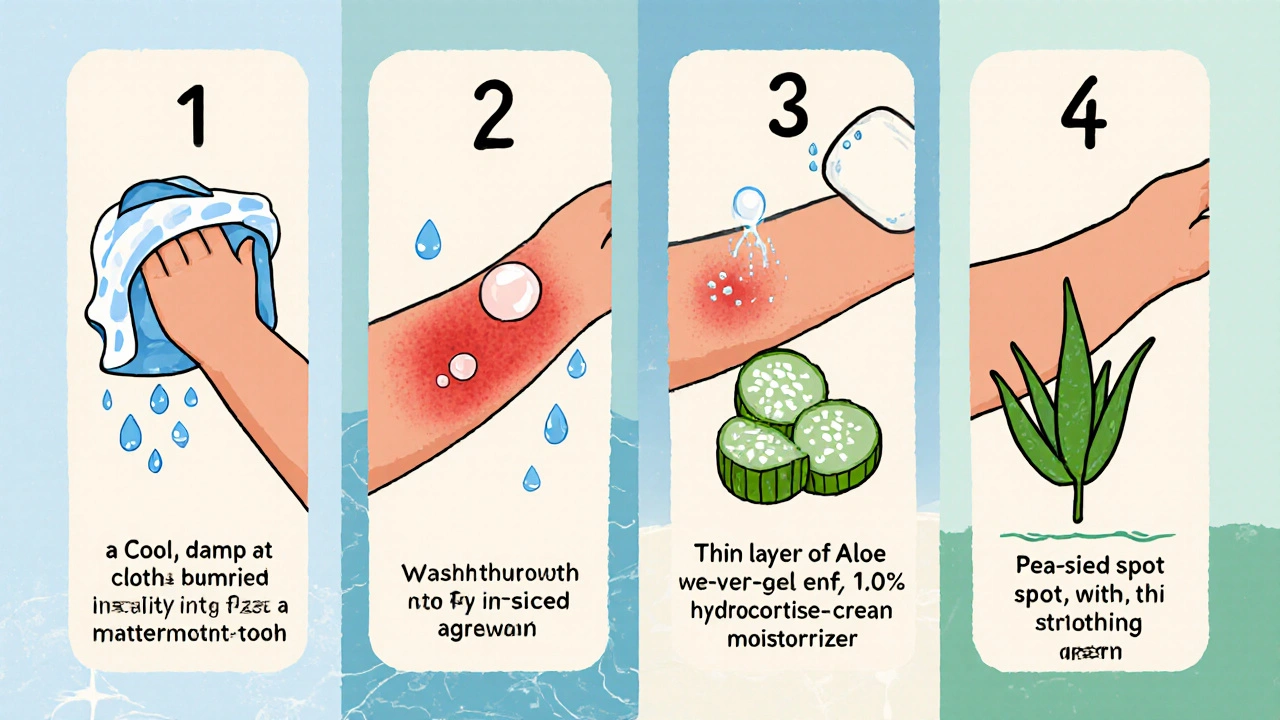
When to Call a Professional
Most blisters heal on their own, but watch out for warning signs that merit a visit to a dermatologist:
- Blisters larger than 2 cm, or clusters covering a big area.
- Signs of infection: increasing redness, warmth, pus, or fever.
- Severe pain that doesn’t improve with OTC painkillers.
- Underlying health conditions (diabetes, immune suppression) that slow healing.
A dermatologist may prescribe oral antibiotics, prescription‑strength steroids, or specialized dressings to speed recovery.
Preventing Future Blisters
Prevention beats treatment every time. Here’s a quick checklist you can keep in your beach bag:
- Sun protection factor (SPF) 30 or higher-apply 15 minutes before sun exposure and reapply every two hours.
- Wear wide‑brimmed hats, UV‑blocking sunglasses, and UPF clothing.
- Seek shade during peak UV hours (10 am‑4 pm).
- Monitor the UV index on your phone; if it’s 6 or above, limit direct sun time.
Quick Care Checklist
| Step | What to Do | Why |
|---|---|---|
| 1 | Cool compresses | Reduces heat and swelling |
| 2 | Gentle cleanse | Prevents bacteria buildup |
| 3 | Apply aloe or hydrocortisone | Soothes and cuts inflammation |
| 4 | Moisturize | Locks in fluid, avoids cracking |
| 5 | Stay hydrated | Supports overall skin repair |
Frequently Asked Questions
Can I pop sunburn blisters?
No. Popping removes the protective fluid layer and creates an open wound that can become infected and scar.
How long do blisters usually last?
Typically 2‑7 days, depending on severity and how well you care for them.
Is it safe to use petroleum jelly on blisters?
Petroleum jelly can keep the area moist, but it doesn’t reduce inflammation. Pair it with aloe or a steroid cream for best results.
What over‑the‑counter product works best?
A 1 % hydrocortisone cream combined with a soothing aloe‑based gel is the most widely recommended combo for mild to moderate blisters.
Should I avoid the sun completely while blobs heal?
Yes, stay out of direct UV exposure. If you must go outside, cover the area with clothing and a high‑SPF sunscreen.
Follow these steps, keep an eye on any warning signs, and you’ll be back to enjoying the outdoors without the sting of sunburn blisters.
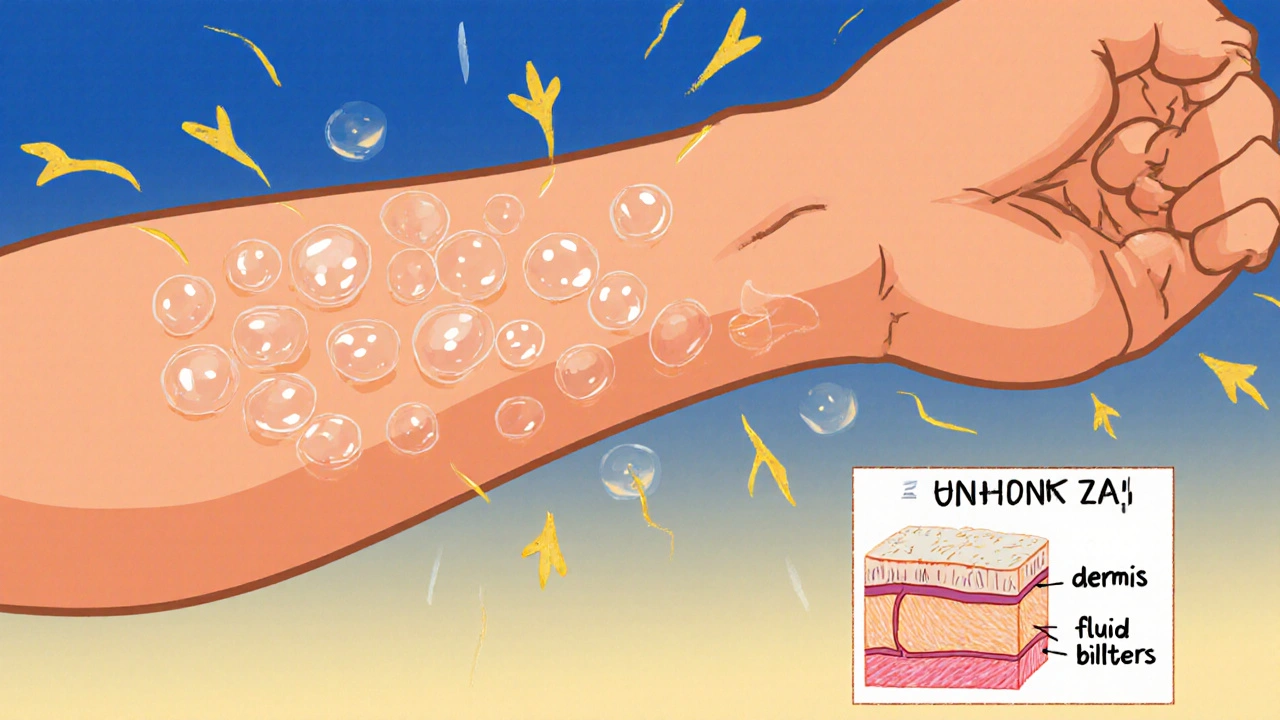
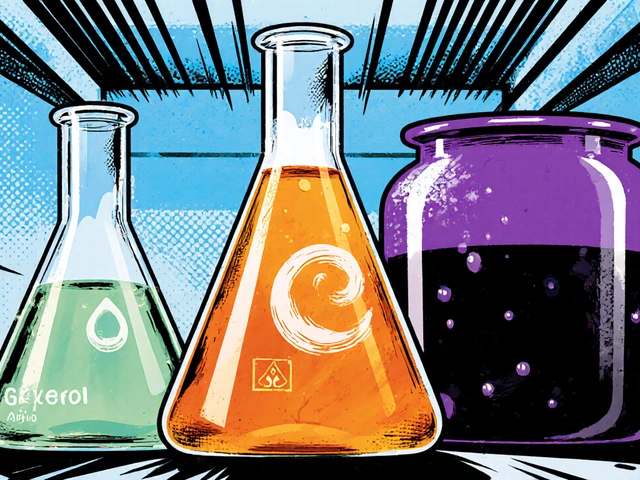
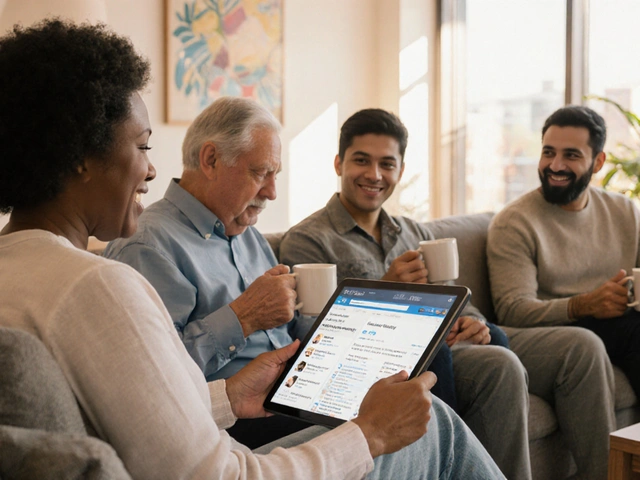
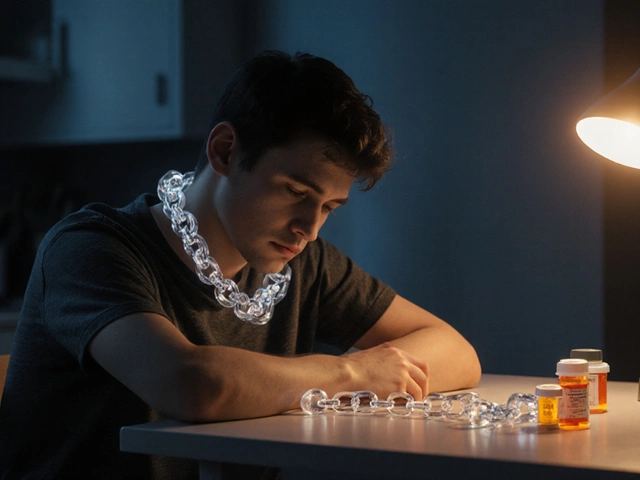

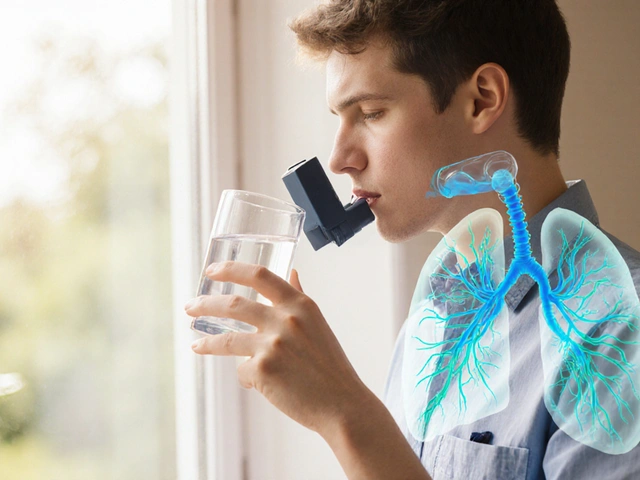
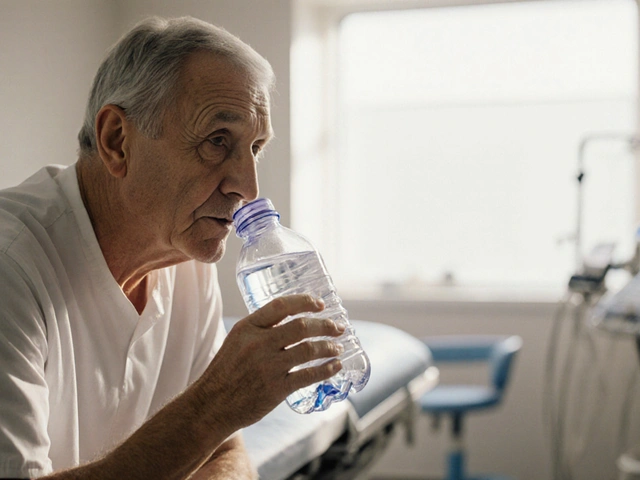
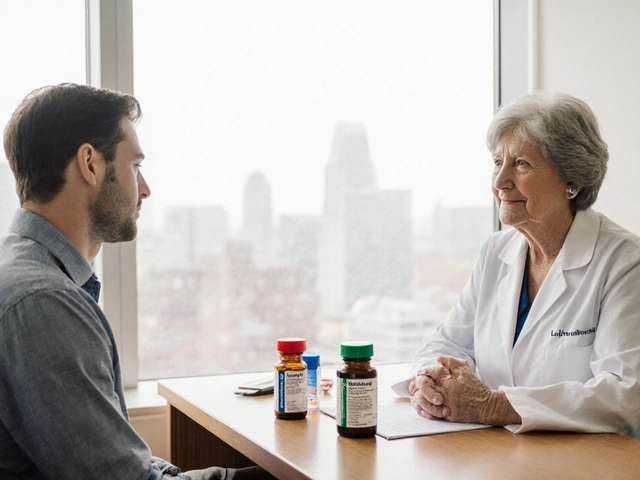
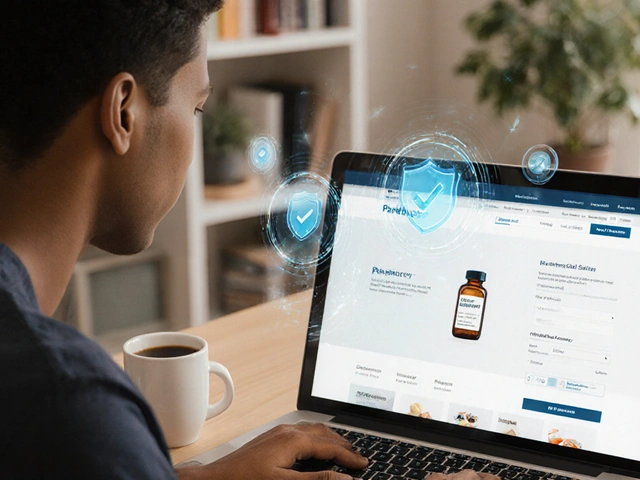
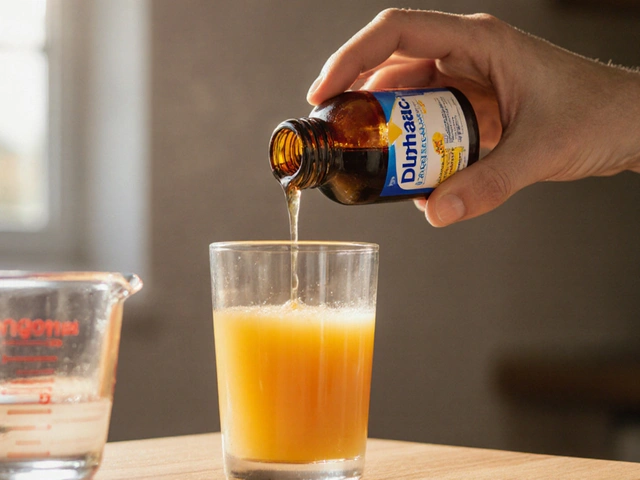
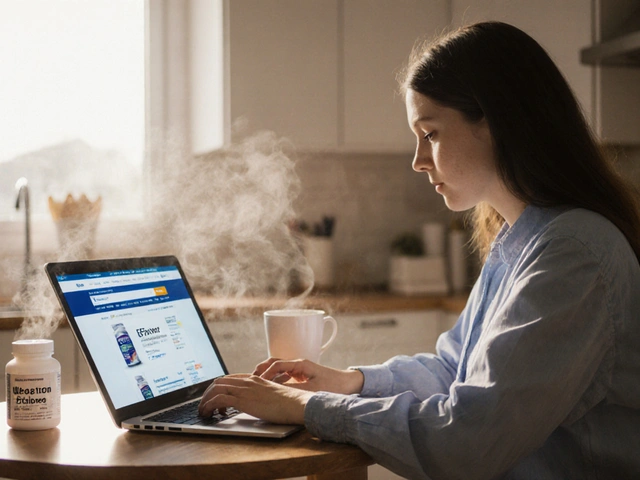
10 Comments
It is incumbent upon anyone who has suffered sunburn blisters to recognize that these lesions represent a legitimate physiological response, not a trivial inconvenience. The protective fluid that accumulates beneath the epidermis serves a critical function in shielding nascent tissue from further ultraviolet insult. Consequently, any attempt to forcibly drain these vesicles constitutes a violation of the body's intrinsic repair mechanism. One must adhere to the prescribed regimen of cool compresses, gentle cleansing, and judicious application of aloe or a mild corticosteroid. Hydration, both systemic and topical, remains indispensable throughout the healing trajectory. Moreover, neglecting to observe the warning signs of infection-such as escalating erythema, purulence, or febrile symptoms-may result in permanent scarring. Ethical stewardship of one's own health demands strict compliance with these evidence‑based protocols. In sum, the moral imperative is clear: respect the blister, respect the process, and refrain from reckless interference.
Indeed-while the foregoing advice is sound, let us not forget that excessive caution can become counterproductive; we must balance prudence with decisive action, otherwise we risk languishing in indecision, which is unacceptable!
I feel for anyone dealing with those painful blisters; the sting can be overwhelming, especially after a fun day outdoors. It helps to remember that the skin’s natural defenses are working hard behind the scenes. Gentle cooling and the occasional aloe application can provide real comfort. Stay hydrated and give your body the time it needs to repair. You’ll get through this, and the memory of the sun will soon be pleasant again.
From a dermatological perspective, the mechanisms described are accurate: the epidermal barrier is compromised, necessitating osmotically balanced moisturizers to prevent transepidermal water loss. Empirical studies demonstrate that 1 % hydrocortisone reduces inflammatory mediators by up to 30 % when applied appropriately. Moreover, the analgesic effect of non‑steroidal anti‑inflammatory drugs is well‑documented in peer‑reviewed literature. It is advisable to limit topical steroid use to a five‑day course to avoid tachyphylaxis. 🧴📚
Look, when u get those sun‑burn blisters, it’s basically a phototoxic cascade gone rogue. The epidermal biofeedback loop detects UV overload and initiates vesicle formation as a defense. First‑order response: pain receptors fire, signaling the CNS to prioritize healing. Second‑order: the body pumps serous fluid into the intercellular space, creating a protective cushion. This mechanism, while efficient, is often misconstrued as a sign to pop, which is outright dangerous. Popping disrupts the sterile environment, inviting opportunistic pathogens. In practice, you want to maintain that fluid barrier until re‑epithelialization completes. That’s why cool compresses are a must-they reduce thermal load without compromising the vesicle integrity. Hydration, both systemic and topical, fuels cellular proliferation and collagen synthesis. Applying aloe vera introduces polysaccharides that modulate inflammation via cytokine suppression. A 1 % hydrocortisone cream further down‑regulates NF‑κB pathways, easing itching. Do not forget ceramide‑rich moisturizers; they restore lipid lamellae in the stratum corneum. If you notice erythema expanding beyond the initial zone, consider it a red flag for infection. Fever, purulent discharge, or increased tenderness signal you need medical intervention. Bottom line: respect the blister, follow evidence‑based protocol, and you’ll avoid long‑term scarring, which is the ethical thing to do.
Appreciate the thorough breakdown; concise steps help readers implement the advice effectively.
While many champion high SPF products, the reality is that overreliance on sunscreen can breed a false sense of security, leading individuals to exceed safe exposure limits. Genuine protection arises from a balanced approach: seeking shade, wearing UPF clothing, and limiting peak UV hours. The current narrative overemphasizes chemical filters at the expense of holistic sun hygiene.
I understand the concern; integrating shade and protective clothing alongside sunscreen indeed offers a more comprehensive strategy without undermining the benefits of topical blockers.
Great points about respecting the blister’s role in healing. Remember to keep the affected area loosely covered if you need to go outdoors-this prevents friction while still allowing airflow. Consistently reapply a fragrance‑free moisturizer that contains hyaluronic acid; it will lock in hydration and support the skin’s natural repair mechanisms. If you experience any signs of infection, such as increasing redness, warmth, or pus, seek medical attention promptly. Stay patient, stay hydrated, and give your skin the time it deserves to recover fully.
Our great nation should lead by example and educate citizens on proper sun safety.